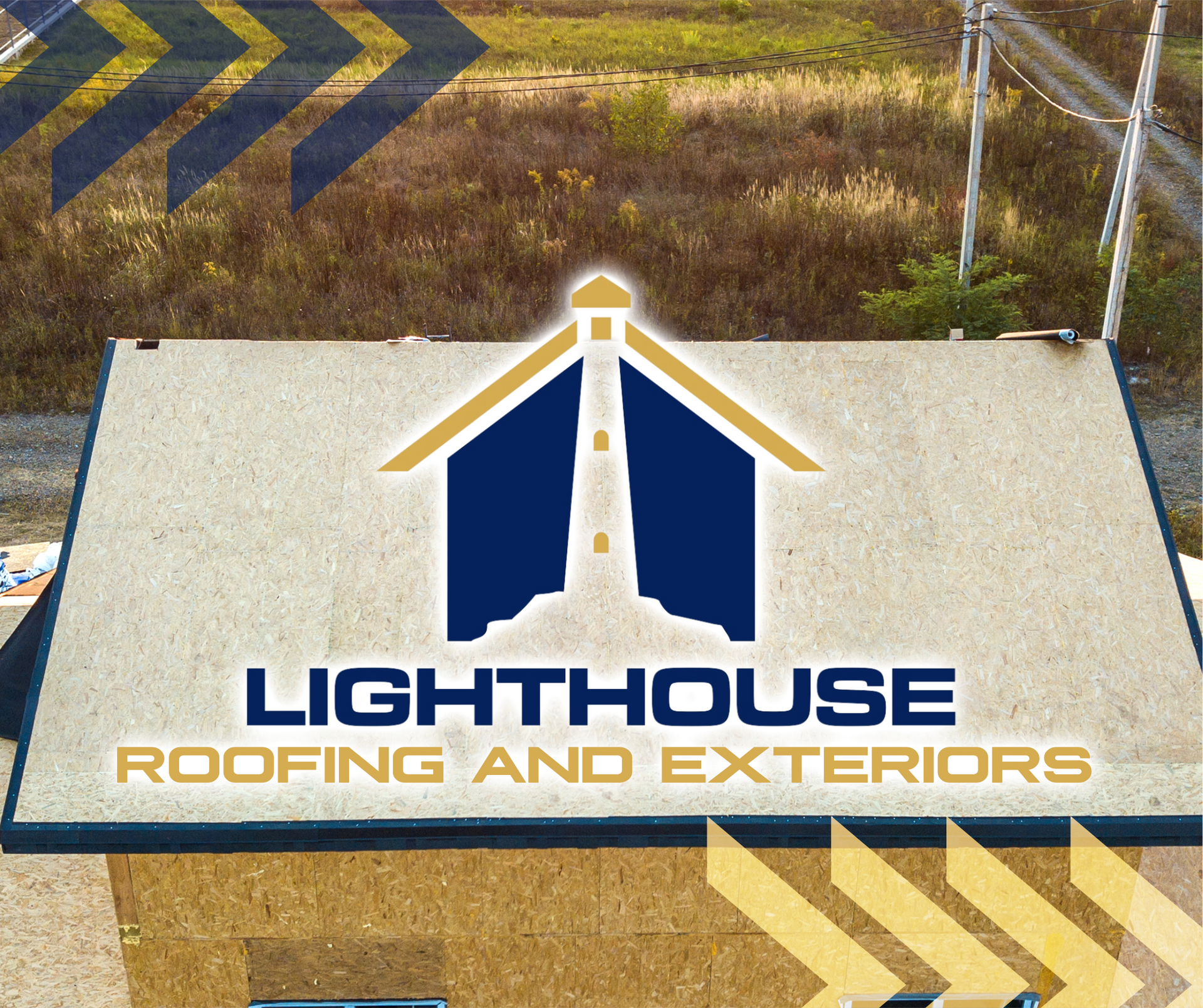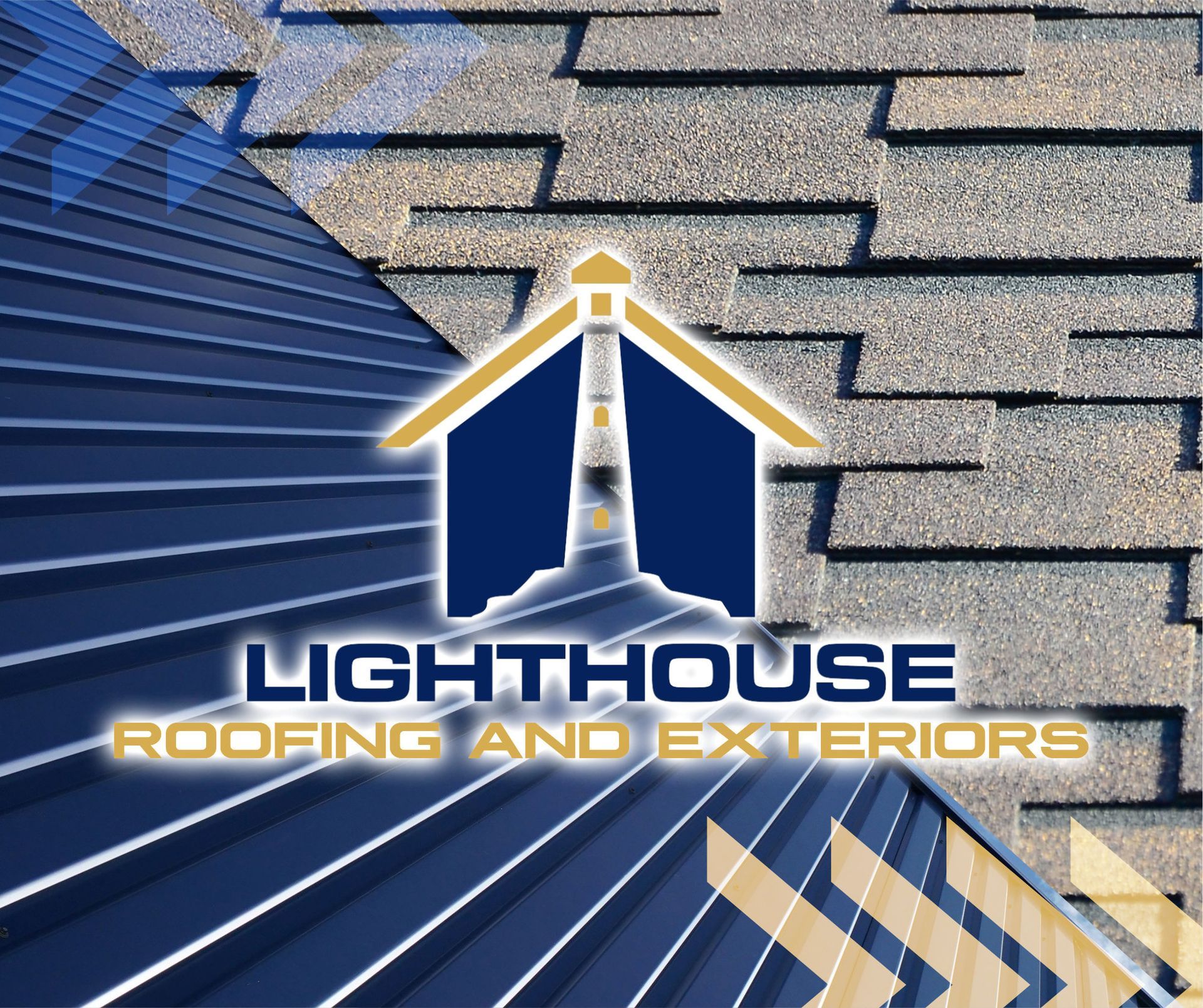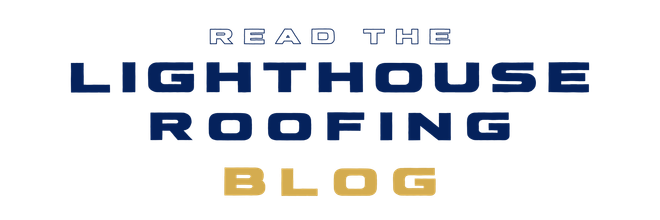

"I can't tell people enough what a good job you did! You were so friendly and your crew was so clean...You were so caring with everything you did."
Gail Bradley
Lighthouse Roofing Customer

"Especially if you're a new homeowner that has no idea how it works, they'll definitely hold your hand through the process...ten out of ten would recommend!"
Erin Casey
Lighthouse Roofing Customer


We Show Up
We pride ourselves on showing up to all of our projects on time, as well as being available for you 24/7.
We're Here For You
At Lighthouse Roofing, you are not just another project. You become family. We will be there for you and your roof before, during, and after service.
We're Local
Lighthouse Roofing is located in Dickson, Tennessee. We are proud to serve Middle Tennessee, any direction one hour from Dickson.
We're Licensed & Insured
Lighthouse Roofing is a full service professional roofing company and is licensed and insured.
View Our Roofing Services in Nashville, TN
Asphalt Shingles
Asphalt roofs are the most common residential roof in the United States for many reasons. Asphalt roofs are highly customizable and can fit the style for your home that you are picturing. Asphalt shingles are highly durable and lightweight, making it a great option for your home.
Metal
Like shingles, metal roofing is a common residential and commercial roofing material. Metal roofing is customizable, and comes in many different options. Metal roofing is engineered to last longer than other types of roofs. Typically, metal roofs last upwards of 50 years.
Cedar Shake
Cedar shake roofs are very common in Middle Tennessee. A cedar shake roof is a premium roof that rose to popularity due to the aesthetic value it brings. Like any roof type, it is important to maintain regular maintenance in order to keep the roof looking and operating its best.
Low Slope
A low slope roof is a type of roof specifically designed for structures with roofs that are not steep enough for a roof with shingles. Low slope roofing solutions can include metal roofing as well as membrane roofing.
Ventilation
The roofing experts at Lighthouse Roofing LLC are highly trained in roofing ventilation. Without proper ventilation for your roof, the entire roof could be damaged.








